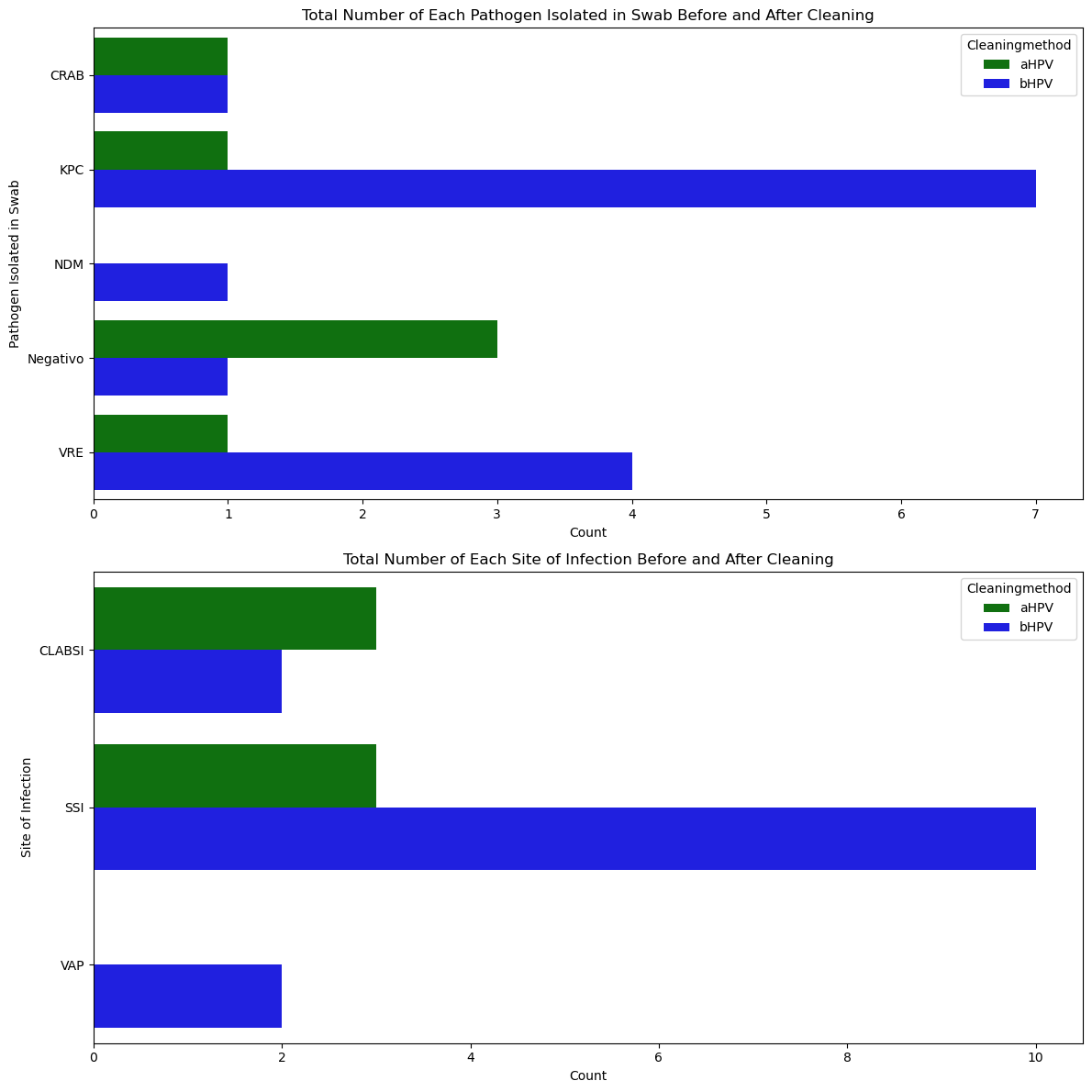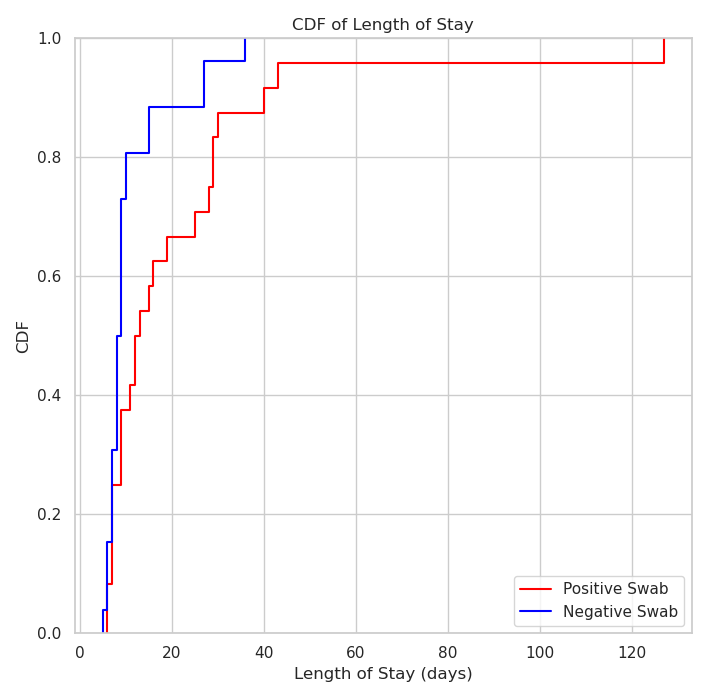
Hydrogen peroxide vapor disinfection in liver transplantation: Effects on MDRO colonization and patient outcomes
Fabio Silveira1, Fabio Porto Silveira1, Cassia Regina Sbrissia Silveira1, Tatiana Luisa Shibata Facchi3, Ellen Dalla Costa2, Kengi Itinose2.
1Serviço De Transplantes Abdominais, Hospital Do Rocio, Campo Largo, Brazil; 2Comissão De Controle De Infecção Hospitalar, Hospital Do Rocio, Campo Largo, Brazil; 3Serviço De Terapia Intensiva, Hospital Do Rocio, Campo Largo, Brazil
Introduction: The escalation of multidrug-resistant organism (MDRO) infections post-liver transplantation (LT) poses significant risks, with MDRO colonization amplifying infection susceptibility. Environmental disinfection is crucial in curbing healthcare-associated infections (HAI). Hydrogen peroxide vapor (HPV) technology offers promise, yet its impact on MDRO infections and patient outcomes remains unclear.
Methods: A cohort study enrolled 58 deceased adult LT recipients, comparing outcomes before and after routine HPV implementation. HPV disinfection followed terminal cleaning in surgical rooms and ICU boxes. Pathogen data included pre-transplant and post-discharge MDRO colonization. Clinical data covered recipient characteristics, disease severity, and donor-recipient relationships. Statistical analyses assessed associations and outcomes.
Results: 27 patients were in the before-HPV group, 24 in the after-HPV group. Demographic and clinical characteristics were comparable between groups. HPV implementation significantly increased the likelihood of negative control swabs (odds ratio 2.33). Klebsiella pneumoniae carbapenemase was the most frequent pathogen, with surgical site infections being the primary site. Patients with negative swabs had shorter hospital stays (mean difference 10.54 days), notably diverging around the 8th day of hospitalization. HAI frequency and 90-day mortality were significantly lower in patients with negative swabs.
Conclusion: HPV technology effectively reduced MDRO colonization in LT recipients. Negative swabs correlated with shorter hospital stays and lower HAI frequency, impacting 90-day mortality positively. Despite challenges in HPV implementation, its efficacy in reducing MDRO colonization suggests a valuable tool in infection control strategies for vulnerable populations like LT recipients.


[1] hydrogen peroxide vapor
[2] environmental contamination
[3] multi-drug-resistant organisms
[4] Liver Transplantation
[5] Risk Factors
[6] health care-associated infections
[7] Cross Infection / prevention & control
[8] hydrogen peroxide systems
[9] decontamination
[10] disinfection
